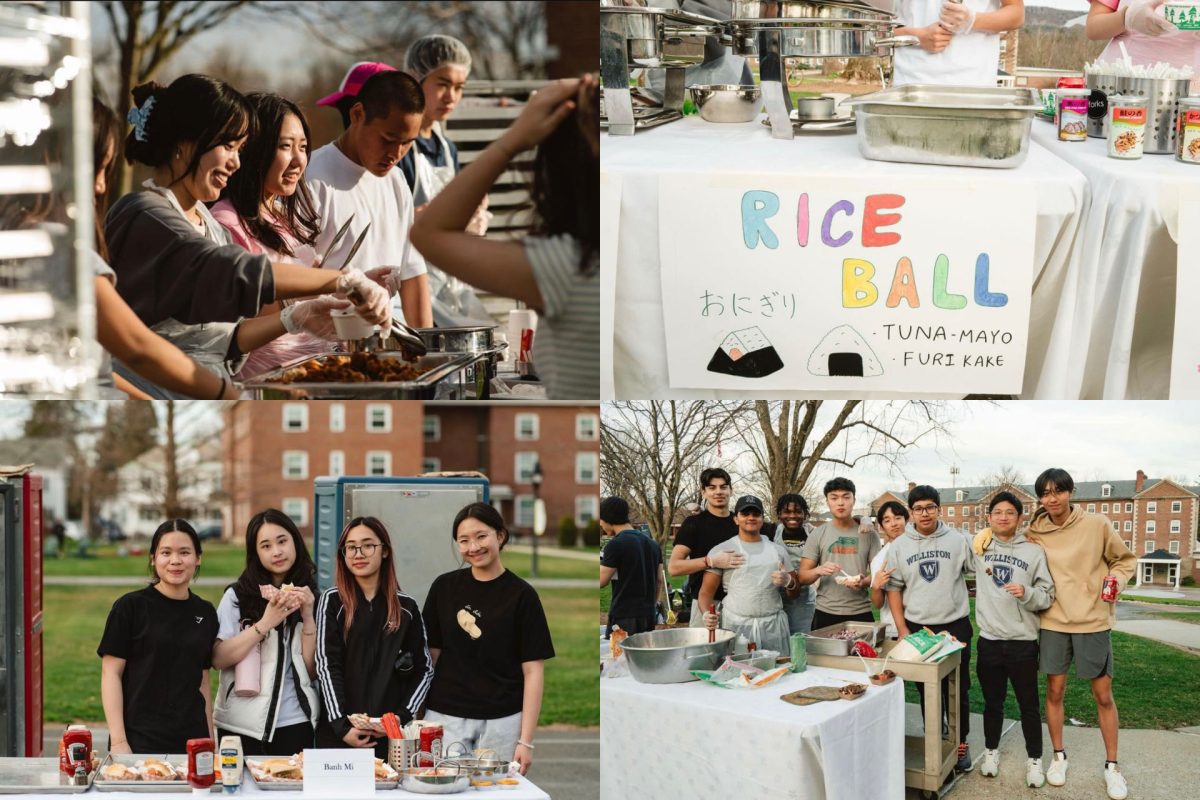Landfills are like an infection on Earth. Imagine spreading decaying matter all over your skin – the flesh would start to get red and rashy, and then, before you know it, the chemicals would enter your bloodstream and weaken your whole body. Soon, you would be in the hospital with the hope of being restored to health. This slow poisoning is what human waste does to the environment.
Very much like your body in this way, the water nearby a landfill gets contaminated with a surplus of nutrients because of rainwater that absorbs the chemicals and runs off into a nearby stream. The runoff water from the landfill causes algae blooms, an increase of algae, which, depending on the algae, can release toxins poisonous to the fish, or clog the fish’s gills, causing the fish to die. This process hurts the animals that depend on the fish, and eventually affects humans because we no longer have the species that we once depended on in the natural world.
Landfills are also a major source of greenhouse gases. Methane, one of the most destructive greenhouse gases, is emitted from the landfills. This is why you might see a giant fire in a landfill – methane is less harmful to our earth after being burned, so some companies use an incineration process to lessen the environmental impact of their landfills. Even after being burned, though, it still contributes to our planet’s rise in temperature.
Although we have many recycle bins and a community that cares, Williston produces about 228 cubic yards of waste per week. We fill up about 3.5 Olympic swimming pools of trash in a year – about 11,856 cubic yards of waste.
The solution to the problem is simple in words, but more challenging in practice: reduce, reuse, and recycle.
Although Williston recycles about 28 cubic yards of paper, plastic, and bottles in a week, we still throw out way too much that could be recycled. Ethan Kimball, a Williston boarder, says “that people are not recycling everything well – they could do a little better.”
The Sustainable Life Club is playing a key role in helping encourage students to recycle and become more aware of the impact of landfills on our environment. Mrs. Lucia, faculty advisor of the club, believes that educating the public about recycling is extremely important. “We have a vision,” she said. “Of researching the facts and then posting the facts on the digital screens around campus so people can begin to think more daily about the impact of what we throw away and where it goes.”
By doing this, she thinks that the students will become more involved in recycling. She also says that the Sustainable Life Club, “did help out in the changing of the lids on the recycling bins into a single stream and are hoping that that will be easier on all the community members to remember to separate trash from recyclables.”
The dining hall, the largest waste producer on campus, produces about 175 pounds of waste a day, most of which is food that could be composted. Mr. Martin has stated about that the dining hall “would be open to composting our food waste.” The main problem for the dining hall, though, is the expense of a composting system. According to Mr. Tannatt, “moving to a composting program for the dining hall has some budget implications and would require significant changes in our habits, but this could make a major change in the amount of trash generated.”
Mrs. Lucia advocates that the cost of instituting a compost policy could be cost-effective over time because the dining hall would not have to put the food scraps into the garbage disposal in the sink or into the trash bin outside, reducing our waste bill, the cost of our energy and our water payments. She argues that “what we need is all the members of the community willing to separate trash from the compostable items in the dining hall before they place their dishes on the conveyer belt.” By involving the students, she says, the school might find enough funds to put it into action.
The dining hall produces about 175 pounds of waste a day, most of which is food that could be composted. Mrs. Lucia says that “it seems that composting is a possibility and could be accomplished in the near future, if students were to express enough interest.”
Donating things that one no longer needs, such as old clothes, rather than throwing them out is a great way to help prevent the expansion of wastelands. At the end of the year, the Sustainable Life Club is planning on setting up boxes in every dorm that will go to goodwill. By doing this, students can donate their unneeded belongings rather than throw them out and create more mass in the landfills.
“Residents, faculty, staff, and students all need to be more attentive to recycling,” Mr. Tannatt pronounces. If we can achieve a community that tries to reduce, reuse and recycle, then we can help preserve nature in its most organic form. Every time you recycle a bottle, or compost a piece of leftover food, you are helping preserve the human race for generations to come.








